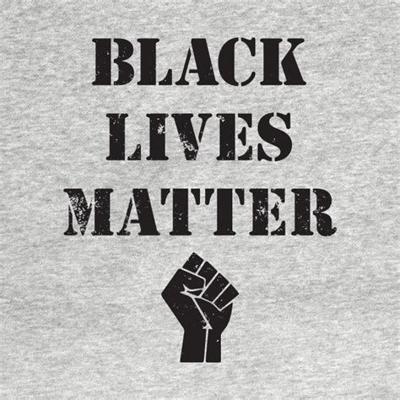Breonna Taylor, a Black EMT, was murdered in her bed at 26 years old. Michael Brown was 18. Tamir Rice was 12.
Why am I writing about these young victims of police brutality in a [blog] about ageism? Because systemic racism stands between so many Black and brown people and long life itself. Because being anti-ageist means being anti-racist. Because, in the words of poet and activist Audre Lorde, “There’s no such thing as a single-issue struggle because we don’t lead single-issue lives.”
At 17, when I carried a candle across the Potomac River in Washington, DC, my home town, to protest the Vietnam War, I didn’t understand that the Black liberation movement was fueling massive social change around the world: not just the anti-Vietnam War movement, but the Paris uprisings of May ’68, the disability justice movement (watch Crip Camp), the women’s liberation movement and the gay rights movement (listen to documentary filmmaker Yoruba Richen explain why none of us is free until all of us are free). I’ve been marching ever since, but for a long time, race and class protected me.
I got the sexism memo in my 30s, as I struggled to stay married under patriarchy. In my 50s, afraid of growing old, I woke up to ageism. In my 60s, hearing loss and bone badness brought ableism home.
Enter COVID, which has glaringly exposed the intersectional nature of vulnerability itself. Which brings us full circle, as always. The pandemic has hit older Americans hard, but it has hit Black olders the hardest. Systemic racism is fundamental to capitalism and our society is built on it. (Here’s a crash course from author and activist Kimberly Jones on how racism is embedded in the history of the United States.) Achieving equal rights for everyone—everyone!—means ending white supremacy. Right now, that means supporting the Black Lives Matter movement with our words, our wallets and our masked and distanced bodies if we can.
We live in a society that outfits policemen in state-of-the-art military gear and hospital workers in garbage bags, where people who diverge from what Lorde called the “mythical norm”—think white, young, male, nondisabled, thin, cisgender and financially secure—are dying from COVID-19 in vastly higher numbers.
These things are related. Just as different forms of oppression compound and reinforce each other, activism is intersectional too. When we confront white supremacy, we not only make the world a better place in which to be Black, we make it a better place in which to be old, to be female, to have a disability, to be queer and to be poor. It’s all one struggle. If I can learn to cut my own hair, anything is possible—including the revolutionary change that just might be within our grasp.
I show up in person when it’s safe because it makes me feel good; you may not want or be able to, which, of course, is totally fine. There are tons of excellent books, articles and movies to help us understand racism and how to end it. Here are some starting points from New York Times columnist Michelle Alexander. Reading isn’t enough. As someone quipped on Twitter, Extreme Weather Study Groups don’t help communities ravaged by hurricanes. Here’s a Guide to Allyship, which quotes author Roxanne Gay:
Black people do not need allies. We need people to stand up and take on the problems borne of oppression as their own, without remove or distance.
We need people to do this even if they cannot fully understand what it’s like to be oppressed for their race or ethnicity, gender, sexuality, ability, class, religion, or other marker of identity.
We need people to use common sense to figure out how to participate in social justice.
It’s our fight too.



